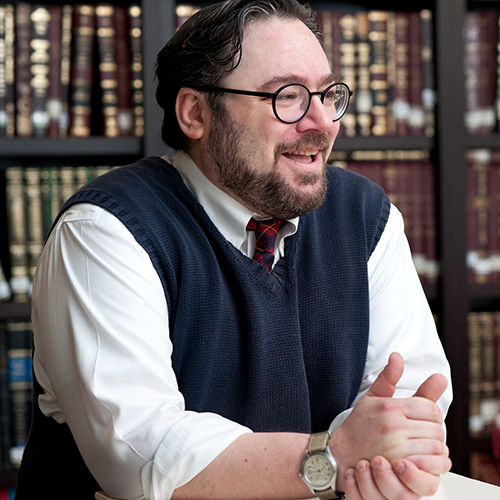Babylonian Talmud Shabbat 102b

Rav Natan bar Oshaya asked Rabbi Yohanan, “What [category of Torah prohibited labor] has the sculptor [in marble on Shabbat] violated?” Gesturing with his hands, he showed him—’the hammer blow.’
בעא מיניה נתן בר אושעיא מרבי יוחנן מסתת משום מאי מיחייב אחוי ליה בידיה משום מכה בפטיש
Of the thirty-nine categories of prohibited labor that the Mishnah lists, one of the most puzzling is “the hammer blow.” Often this category is invoked to demonstrate that the final act of production of an object is an act forbidden in its own right—in other words, it is the final hammer blow that this category prohibits. But in this text we see quite a different understanding of this prohibition. Here the act of knapping away at a piece of marble is seen as violating the category of the hammer blow. This is likely because the act is literally taking blows at a chisel with hammer, even though no actual blow of the hammer finishes the marble sculpture: the smoothing and sanding process does that.
We see here that if a physical act demonstrably replicates the Mishnah’s description of the prohibited category, the Rabbis of the Talmud are inclined to prohibit the act, even if it does not fall into the conceptual category. So here we prohibit an act in which a hammer strikes a chisel, even though it is not the final hammer blow. For this reason Rabbi Yohanan feels the need to physically demonstrate the act, pounding one fist upon the other: “Look! It is a hammer blow, unquestionably, even though it does not finish the sculpture.”
Questions:
- How can Shabbat help us to see the significance of our actions, regardless of their consequences?
- Are some acts to be condemned regardless of their consequences? Even if the results are good?



